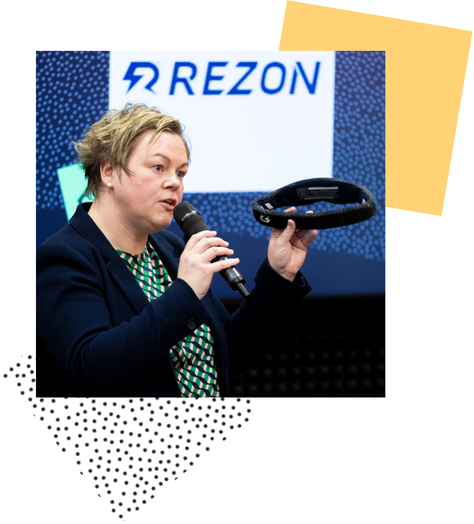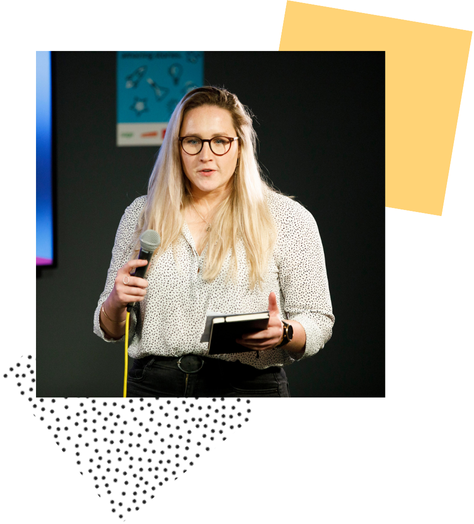Founders that focus on features don’t get traction. We affectionately call this “Productitis” and it’s the easiest way to throw away your development budget.
The problem is, after years of thinking about an idea, the product’s already built in a founder’s head and there’s no limit on feature creep. They are obsessed with a specific solution, rather than the challenge they’re solving for customers.
It’s a big problem, because people are spending money on development they don’t need. They’re building it for themselves, rather than the audience.
Investors can spot the issue when founders start by talking about the experience of using an app; the features it has and what it’s going to look like and how we need to build it. Rather than beginning with the customer – what challenge are you solving and why should people care?
Start with the evidence
It’s about providing evidence about your thinking and letting that pave the way to your solution.
It’s the combination of evidence that gets me excited about making an investment. Finding a founder that’s obsessed with a challenge – and not tied to solving it in a particular way.
They have a worldview and are collecting evidence to create and develop their hypothesis about how the issue they have identified can be solved.
Tessa and Saasha from OLIO are a great example. Their story starts with a challenge; Tessa was adamant about saving the food left over when her family was moving house.
We started working with Tessa and Saasha in 2015. They had set up a WhatsApp group to validate the idea.
We felt that they had gathered enough evidence to demonstrate that people would openly share food that would have been wasted and that a mobile application was the best medium.
It provided a lot of detail too. Like the preference for using anonymous feedback, rather than two-way public feedback, which is much more complicated to build.
The app has amazing ratings and over three million users. OLIO has raised £10m and its on track to become a unicorn.
We’re proud to count them among our small but mighty investment portfolio.
“Fundamentally, ego is your enemy.
Mark Panay, Simpleweb
We’re looking for founders who aren’t tied to being right or doing things in a particular way. “
Idea validation vs minimum viable product
Would you spend thousands of pounds building a product you’re not sure you’ll be able to sell?
The obvious answer is “no”. But that’s what Productitis forces founders to do. There’s an alluring idea that if you get the UX just right, if it’s beautiful enough, it’ll be successful.
But you need to figure out what it is that users really want, what resonates with people – and use the least number of engineering days to get there. And I’m telling you that as someone running a company that offers software and app development.
That might mean hacking together existing SaaS services and APIs or doing things manually. Whatever it takes to challenge your ideas and improve your hypothesis. Because it’s those proof points we’ll be looking at before making an investment.
And that means idea validation comes before your MVP.
What’s the easiest way to avoid Productitis?
The best way to approach building products is to be open to multiple ways of solving the same problem.
You want to find as many different ways to solve the problem as you can and see which one works best for your prospective audience. Ideally spending as little money as possible in the process.
If you have a solution in mind, push yourself to find four or five other ways to solve the problem. Each manifestation will have different features and looking at the benefits of each will increase the likelihood of your success. And, if you spot a feature that’s ubiquitous across all of your solutions, you know it’s really important.
Fundamentally, ego is your enemy. We’re looking for founders who aren’t tied to being right or doing things in a particular way. They want to develop the best solution they can with the resources available to them that will get them to the next proof point as efficiently as possible.
So, there are two things here: you need to develop as much evidence to develop your hypothesis as possible and you need to be focused on a problem rather than the solution.
Mark is a cofounder of Simpleweb, who support new startups through small seed investments and forming innovative partnerships.




